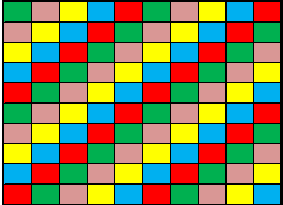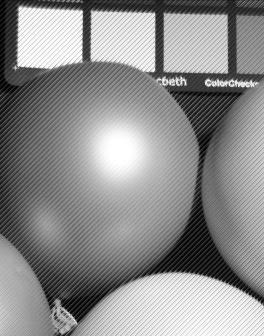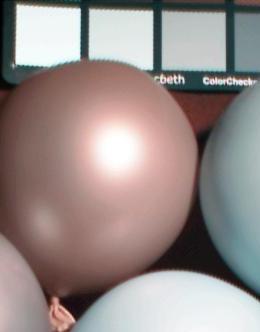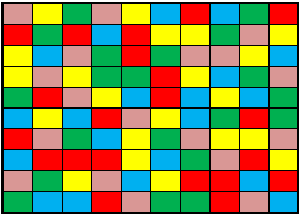|
We are mostly aware of color photography. The Red, Green
and the Blue channels are just three frequencies of the
spectrum. In multi-spectral imaging other frequencies of the
spectrum are acquired. Such multi-spectral imaging finds
applications in a variety of scientific problems in agriculture,
surveillance, military etc.
However, multi-spectral cameras are extremely expensive.
This owes to the cost of the sensors - within the optical range,
the sensors are cheap; this is the reason why digital photo
cameras are so inexpensive. But, once outside the visible range
of the spectrum, the cost of sensing sky rockets. On top of
that, multi-spectral cameras use full sensor arrays for each
spectral channel. This not only increases the cost, but also
makes the acquisition device bulky with movable mechanical
parts. In turn, this results in pixel registration problems
across the channels.
Our work is influenced by the success of single sensor
architecture of commercial RGB cameras. At each pixel location
only one of the channels will be acquired, the unsampled
locations will be interpolated using some demosaicing algorithm.
However the famous Bayer pattern cannot be used directly - since
it is tailored for the visible range. We propose an uniform
sampling array in pseudo-colors.

Linear interpolation is carried out by learning the
interpolation weights. The results are encouraging.
We are getting very accurate interpolation results for
even 5 bands, i.e. with just 20% sampling!. Below are the results on 5-band multi-spectral images.
Original Image
 |
Undersampled Image
 |
Reconstructed Image
 |
The sampling pattern can also be random (but equal
sampling for all channels). In such a case, the sensor array
would like

Research on other areas of multi-spectral imaging are also
pursued. We are looking at the possibility of recovering
hyper-spectral images acquired by Rice Single-Pixel Camera.
Also, we are working on denoising problems in multi-spectral
imaging.
|